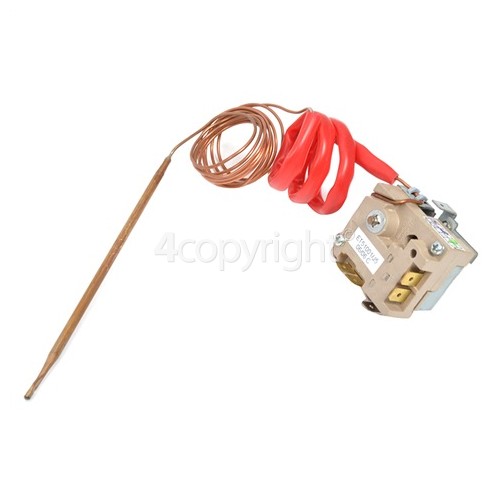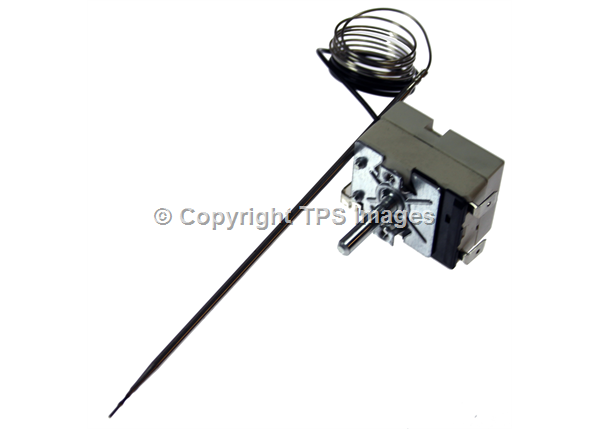
If at least one component is operating properly, you have power. Check the clock, timers, and the oven light if any. Check all heating elements, on all settings. Replace a burned or bad element repair a broken wire end terminal using special high-temp terminals, available at your appliance parts dealer.įirst, make absolutely sure you have no power. A good element will show some continuity as described in section 2-6(e). If there is a burn in the element, usually it will be visible, but test the element for continuity, even if it appears to be OK. If the wire is broken or burnt completely off the terminal, you may be able to fish the wire out of the hole with needlenose pliers, as long as the power is off. You may need to tilt the element upwards to get the terminals through the holes. There is a little bit of extra wire in there to allow you to access it from the front,but do not pull out any more wire Turn the breaker off or pull the fuse, remove the screws holding the element into the oven, and pull the element away from the back wall a little. If an oven element isn't working, do not forget rule number one from section 2-6 (d): check the automatic baking cycle (timer) controls first! If those are OK, the break is usually where the wire attaches to the element, inside the back wall of the oven. When replacing elements, make sure you get a replacement element of the right wattage the element is matched to the control switch. Replace a burned or bad receptacle, terminal, element or switch repair a broken wire end terminal. You should also see continuity through the bimetal heater inside an infinite switch. Electric oven or cooktop repairs can be broken down into 3 categories:Ī switch will show no continuity when off and good continuity when turned on. Unless you are dealing with an obvious, simple repair like a burned element, isolating the problem in a 220 volt cooking circuit basically boils down to shutting off the power, testing each component for continuity, and looking for burned or chafed wires. 220 VOLTS CAN KNOCK YOU OFF YOUR FEET, AND DO YOUR BODY SERIOUS DAMAGE, VERY QUICKLY. In electric cooking equipment, you're usually dealing with 220 volt circuits.ĭO NOT TAKE THIS LIGHTLY. I know I said this in chapter 2, but it bears repeating. But first, I want to impress upon you something really important.

In a moment, we'll talk about the general steps to follow. Do the surface units heat, but not the oven elements? Does the bake element heat, but not the broil element? Does the oven cleaning only work on Tuesdays in July during a snowstorm? Knowing what's operating and what isn't, in conjunction with a wiring diagram, can point you towards the failed component. What's really going on? If nothing is operating, you probably have a breaker, fuse or other power source problem. When troubleshooting electrical cooking equipment, the very first thing to do is stand back and observe the big picture. Using a liquid-filled bulb and capillary, the thermostat senses temperature inside the oven and cycles the heating system on and off to maintain oven temperature within a certain range.

In an oven, the temperature is controlled by a thermostat. In fixed-temperature switch controls, heat levels are varied by applying different voltages (110V or 220V) to different coils of different resistances, as shown in figure 4-C. These are usually push-button or rotary switches with fixed settings such as warm, low, medium and high. There are also fixed-temperature switches that vary the voltage going to the heating elements to maintain fixed, pre-set temperatures. Then the bimetal cools (along with the elements) until the contacts close again.

The bimetal heats (along with the element) until the contacts open. When the heating element is on, the heater inside the switch is on. (see figure 4-C) A cam attached to the control knob changes spring tension on the bimetal, which changes the amount of heat needed to open the switch. This switch has its own little heater inside, which heats a bimetal switch. To maintain a set temperature in an electric cooktop, the element is cycled on and off, usually by a switch called an infinite switch, so named because it theoretically provides an infinite number of heat settings.


 0 kommentar(er)
0 kommentar(er)
